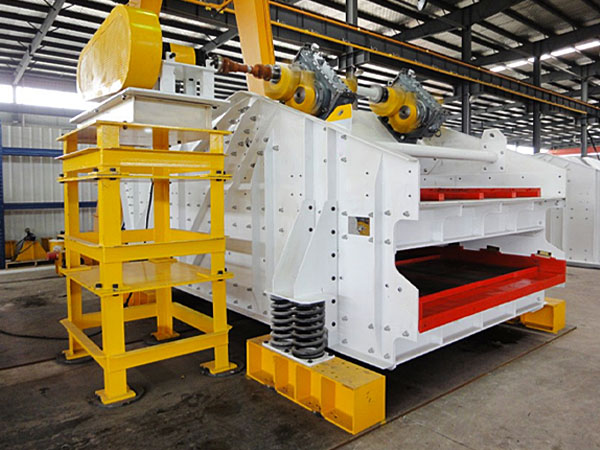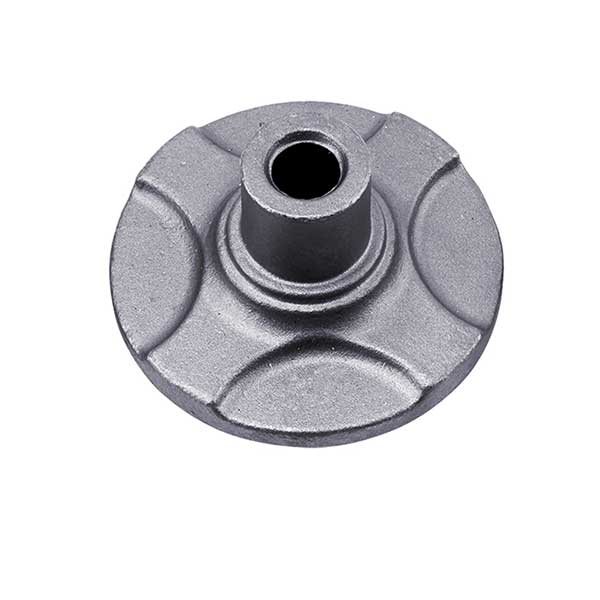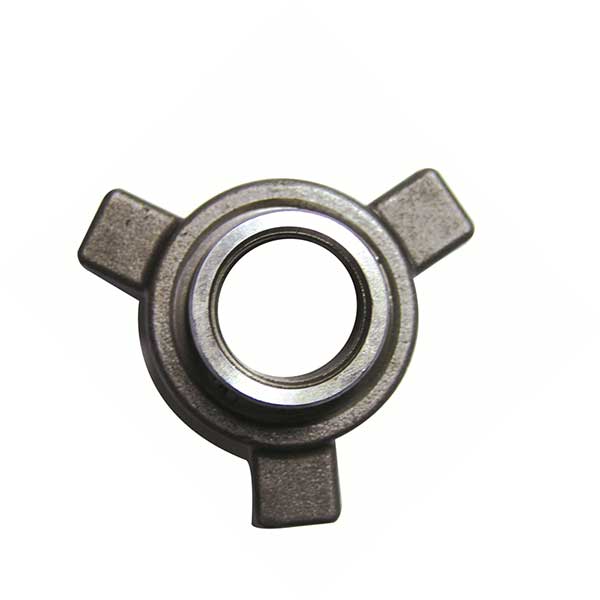The solubility of calcium hydroxide, Ca(OH)2, increases with an increase in its surface area. This is because calcium hydroxide dissolves in water by a surface reaction, where water molecules interact with the calcium and hydroxide ions on the surface of the solid.
When the surface area of calcium hydroxide is increased, there is more surface area available for water molecules to interact with, which increases the rate and extent of dissolution. As a result, high surface area calcium hydroxide will dissolve more readily in water than low surface area calcium hydroxide.

The solubility of calcium hydroxide in water is also affected by factors such as temperature and pH. At higher temperatures and higher pH values, the solubility of calcium hydroxide in water increases. However, these factors do not have as significant an effect on solubility as surface area.
The solubility of high specific surface calcium hydroxide can be calculated using the following equation:
Ksp = [Ca2+][OH-]^2
Where Ksp is the solubility product constant of calcium hydroxide, [Ca2+] is the concentration of calcium ions in solution, and [OH-] is the concentration of hydroxide ions in solution.
To calculate the solubility of calcium hydroxide, you need to know the value of Ksp and the concentrations of calcium and hydroxide ions in solution. The Ksp value for calcium hydroxide at room temperature (25°C) is approximately 5.5 x 10^-6.
For more detailed information about the calculation method of high specific calcium hydroxide solubility, click to visit:https://www.ly-gaifeng.com/blog/solubility-of-high-specific-calcium-hydroxide.html









